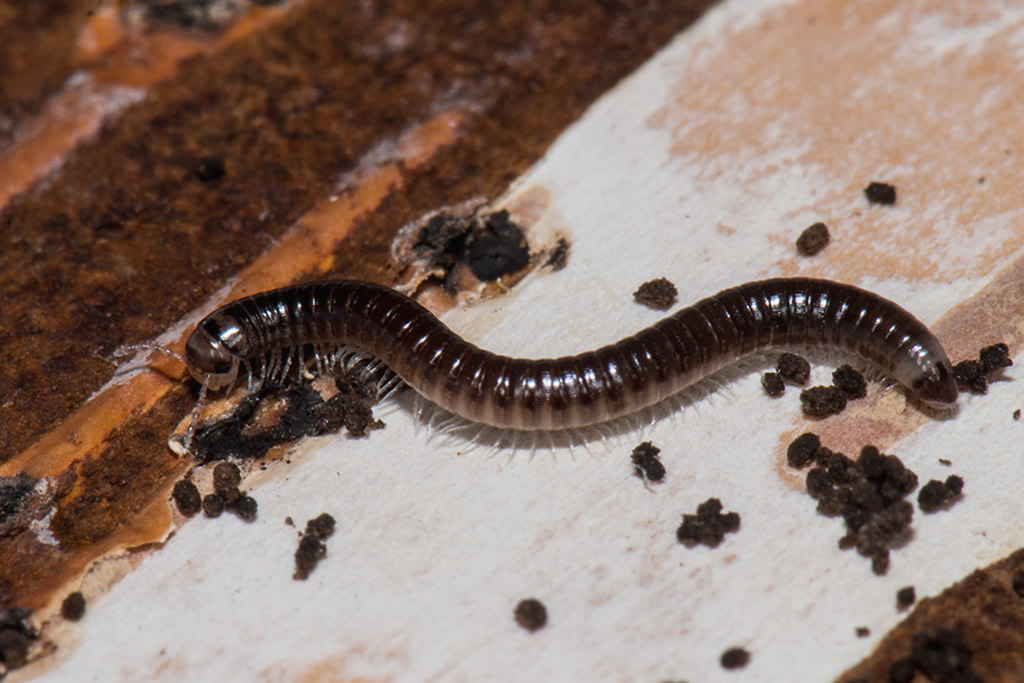Cylindroiulus truncorum (Silvestri, 1896)
Status:
- GB IUCN status: Not applicable (non-native)
- GB rarity status: Naturalised
ID Difficulty
Identification
This scarce millipede, lacking a projecting telson, is superficially similar in appearance to the closely related C. britannicus, C. latestriatus and C. parisiorum.
Although they differ subtly in morphology, these four species are only reliably identified by dissection of adult specimens, ideally males.
Distribution
This species has been recorded from the botanic gardens at Kew, Oxford and Glasgow and from a site in Leicestershire. Additional sites are given by (Gregory & Lugg, 2020). Most recently it was collected from Mount Stewart, Northern Ireland and several outdoor sites on Jersey. The first British record from “near Bristol” (Lindroth, 1957) is too imprecise to be mapped.
Cylindroiulus truncorum can be common where it occurs at scattered locations through northern Europe and may have been confused with C. parisiorum in the past. It appears to be absent from Iberia and Italy (Kime, 1999). Schubart (1934) suggested it was probably introduced into northern Europe from North Africa. It has also been introduced to North and South America (Schubart, 1946).
Habitat
In Britain it has been collected from both inside hothouses and from leaf litter outdoors but there are insufficient ecological data available for reliable conclusions to be drawn from any analysis. Kime (2004) gave a range of synanthropic habitats for the species in Belgium including reclaimed spoil heaps. Haacker (1968) noted that it occurred in woodland in Germany and that it preferred high humidity.
Phenology
The life history is probably similar to that of C. britannicus and C. latestriatus but with both males and females undergoing one more moult before reaching maturity than in those species (Blower, 1985). Adults have been collected in August, September and November.
Links
MilliBase - Global catalogue of Millipedes: https://millibase.org/aphia.php?p=taxdetails&id=945215




